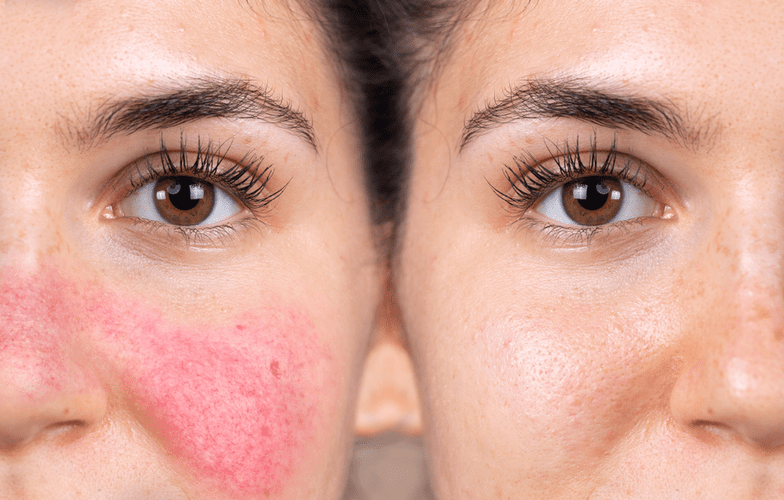Content
Before the drinker seeks assistance, a psychologist can guide the family or others in helping to increase the drinker’s motivation to change. Individuals often hide their drinking or deny they have a problem. Start by talking honestly and openly with the friend or family member who’s drinking too much. But always remember that you can’t force someone to give up alcohol. You often drink more alcohol than you wanted to, for longer than you intended, or despite telling yourself you wouldn’t.
Alcohol addiction is a serious, large-scale condition that millions of people in the United States struggle with. In 2021 alone, it’s estimated that up to 29.5 million people met the requirements for alcohol addiction. Contrary to what you might assume, the alcoholic does not actually pass out during these episodes. Instead, the alcoholic continues to function but is unable to remember what he or she has done or has been. Basically, the alcoholic simply can’t remember these episodes because the brain has either stored these memories improperly or has not stored them at all. Generally, agencies do not have the authority to conduct mandatory alcohol testing.
What is the outlook for people with alcohol use disorder?
It is important to immediately and accurately document in writing what has transpired. Record all the events that led to sending the employee home, especially if any disciplinary action is necessary. It is important to work with the EAP and employee relations staff and keep them informed of such events because the quality of the information they receive from you impacts on the quality of their advice and service. An example of this might be an instance where you think that an employee is intoxicated but the employee denies it.

Some individuals drink to cope with or “medicate” emotional problems. Social and environmental factors such as peer pressure and the easy availability of alcohol can play key roles. Poverty and physical or sexual abuse also increase the odds of developing alcohol dependence. Despite the potentially lethal damage that heavy drinking inflicts on the body—including sober house cancer, heart problems, and liver disease—the social consequences can be just as devastating. Alcoholics and alcohol abusers are much more likely to get divorced, have problems with domestic violence, struggle with unemployment, and live in poverty. Individual factors include age, gender, family circumstances and socio-economic status.
Alcohol misuse vs. alcohol use disorder
Connect with a licensed therapist for porn addiction and mental health counseling. Join the thousands of people that have called a treatment provider for rehab information. If the employee is disruptive to the workplace, you should remove him or her from the immediate worksite. This may involve taking the employee home or at least taking him or her to the health unit, the EAP office, or some other safe location.
- It’s a disease of brain function and requires medical and psychological treatments to control it.
- There is help and support available for both you and your loved one.
- This entry looks at the data on global patterns of alcohol consumption, patterns of drinking, beverage types, the prevalence of alcoholism; and consequences, including crime, mortality and road incidents.
- Acamprosate may decrease the relapse rate and number of drinking days in patients who relapse.
- In the early stage, the alcoholic’s tolerance to greater amounts of alcohol is increasing.
This gender difference appears to be lowest in countries where the overall prevalence of drinking high. Where drinking prevalence is low-to-mid range, the prevalence of drinking in women tends to be significantly lower – often it is less than half the rate of men. Again, the prevalence of drinking across North Africa and the Middle East is notably lower than elsewhere. Typically 5 to 10 percent of adults across these regions drunk within the preceding year, and in a number of countries this was below 5 percent.
What causes alcohol-related disorders?
Using alcohol in situations where it’s physically dangerous, such as drinking and driving, operating machinery while intoxicated, or mixing alcohol with prescription medication against doctor’s orders. If your drinking is causing problems in your life, then you have a drinking https://goodmenproject.com/everyday-life-2/top-5-tips-to-consider-when-choosing-a-sober-house-for-living/ problem. A causal relationship has been established between harmful drinking and incidence or outcomes of infectious diseases such as tuberculosis and HIV. The sooner you recognize there may be a problem and talk to your healthcare provider, the better your recovery chances.
How long does alcoholic last?
Alcohol detection tests can measure alcohol in the blood for up to 6 hours, on the breath for 12 to 24 hours, urine for 12 to 24 hours (72 or more hours with more advanced detection methods), saliva for 12 to 24 hours, and hair for up to 90 days. The half-life of alcohol is between 4-5 hours.
Drinking is so common in many cultures and the effects vary so widely from person to person, it can be hard to figure out if or when your alcohol intake has become a problem. However, if you consume alcohol to cope with difficulties or to avoid feeling bad, you’re in potentially dangerous territory. No matter how hopeless alcohol use disorder may seem, treatment can help. If you think you might have a problem with alcohol, call SAMHSA or talk to your healthcare provider.
